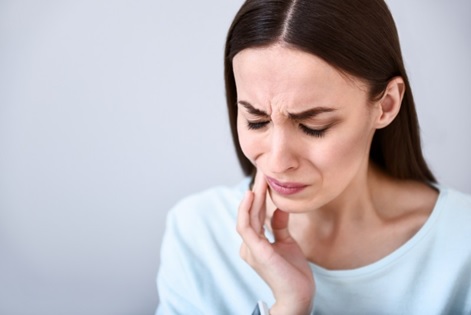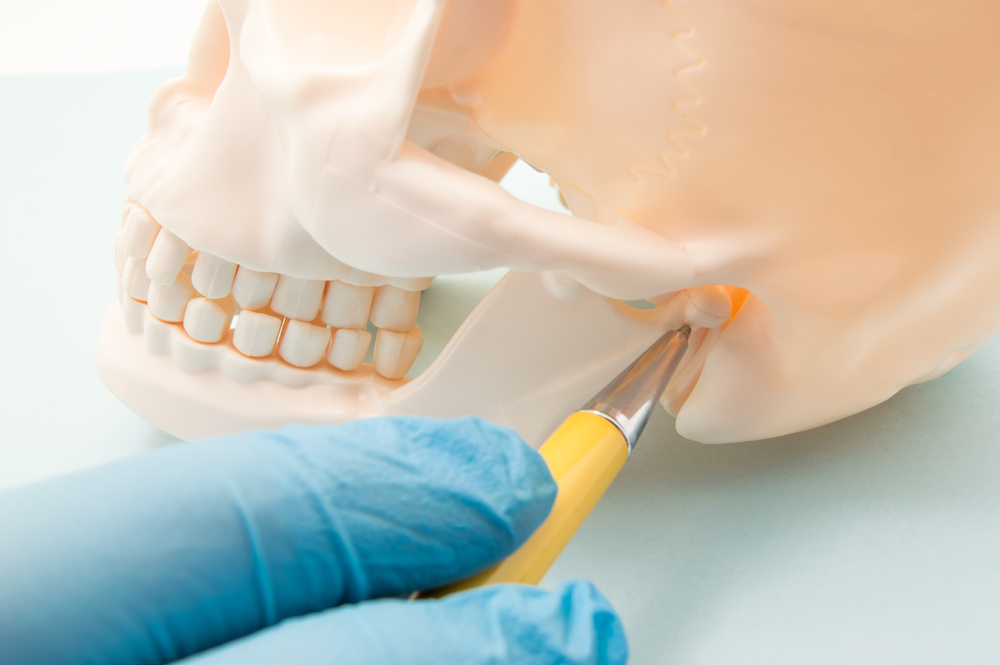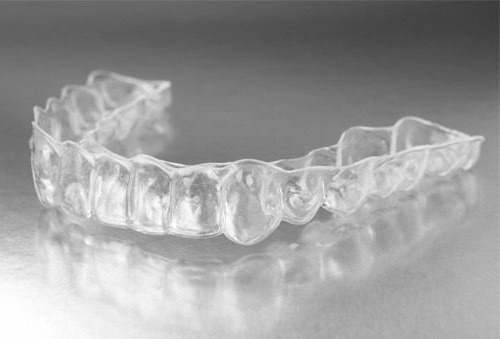Orofacial pain
The Orofacial Pain is a specialty dedicated to the prevention, diagnosis and treatment of painful disorders that affect both the oral and facial area.
The specialist in Orofacial Pain makes the diagnosis of this type of pathology through a complete clinical history, which sometimes may require relevant complementary tests, such as analytical and / or diagnostic imaging, and even a psychosocial evaluation of the patient.
The treatment of this type of pathology requires a multidisciplinary team made up of doctors, dentists, physiotherapists, psychologists, etc.
If necessary, the specialist in Orofacial Pain may prescribe drugs, recommend physiotherapy treatments, perform procedures to reduce the pain of patients as well as an important task of education for both patients and relatives, about this pathology.


Craniomandibular dysfunction
The craniomandibular dysfunction (CMD), or also called temporomandibular disorders (TMD), includes all those disorders that involve the muscles of the mastication and / or the temporomandibular joints (TMJ).
Craniomandibular dysfunction is the second most frequent cause of Orofacial pain after dental pain.
If you answer affirmatively to one of the following questions, you may have craniomandibular dysfunction.
Questionnaire for the detection of temporomandibular disorders
- Do you have difficulty opening your mouth?
- Do you notice noises in the joints of your jaw?
- Does your jaw ever get stuck, blocked or dislocated?
- Do you have pain in your cheeks or around your ears?
- Do you have pain when you chew, yawn or open your mouth wide?
- Do you feel your biting is uncomfortable or has changed lately?
- Have you suffered any trauma to your jaw, head or neck?
- Have you ever had arthritis?
- Have you been treated before for temporomandibular pathology?
The causes of craniomandibular dysfunction are unknown. They are usually of multifactorial origin. Known etiological factors include traumas or injuries at the orofacial level and degenerative joint pathology such as arthritis. Other factors that are associated with the perpetuation of craniomandibular dysfunction are parafunctional habits such as grinding of the teeth, and cervical and masticatory muscle tension.
Craniomandibular dysfunction is a chronic pathology in which symptoms fluctuate over time. The success in the treatment of craniomandibular dysfunction is based on self-care techniques and on the control of those factors that aggravate the condition.
Occlusal splint or night guard
Sometimes, the specialist may recommend the use of an occlusal splint
They are devices that interpose between the teeth and are capable of redirecting, diminishing and redistributing the bite forces.
There are different types of occlusal splints that will be indicated in each case depending on the diagnosis.
- Application of heat or cold according to the recommendation of the specialist.
- Make a soft food diet, avoiding hard or very chewy foods.
- Limitation of the mouth opening.
- Avoid habits such as chewing gum, pens, nails, etc.
- Avoid dental tightening.
- Achieve a good quality of sleep.
- Decrease caffeine consumption.



